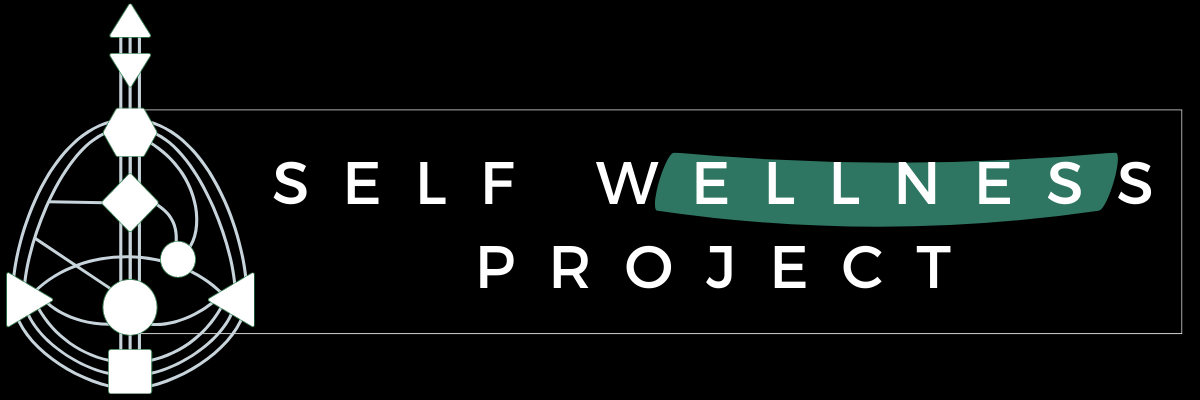Motivation & Productivity
What’s Your Goal-Setting Style? Strict Goals vs Flexible Intentions
Four Questions To Ask Yourself *before you set any goals
How are your New Year’s goals going so far? Don’t worry, a study found that more than 80% of people abandon their resolutions – and most of them by mid-January.
So, if you’re like me, we’re right on track to fail our resolutions again.
In this post, we discussed how the problem isn’t that you are lazy or terrible at meeting goals.
It is because your goal-setting system is wrong for you.
I see so many people setting goals about their goals: ‘I’m going to do this, at this time, this many times per week.’ Then they do none of that.
I find it hilarious how we consistently fail to meet the goals *we personally create.* We set ourselves up to fail, year after year. How? By trying to copy the methods that work for others, even though they have never personally worked.
For starters, it is usually because people set too many challenges, all at once. It is unattainable. But usually, it highlights that the goal might be too structured, too many conditions to meet at one time, and too overwhelming.
Setting Goals vs. Intentions
If motivation or productivity are typical struggles, it’s about determining your need for structured goals versus flexible goals or intentions.
The key is to: start small, set intentions, and only use loose goals.
Example: If you say, “I want to feel healthier,” what is one small change you can do to meet that goal each day? Don’t set the specific goal, set the intention; then see how you can naturally meet it, depending on how you feel.
For example, you might see it’s a lovely day or feel extra energy. So, knowing that you intend to be healthier, you spontaneously decide to go for a 10-minute walk or do a quick workout. It’s easy because it feels doable and attractive in the moment. You may even enjoy it.
You then feel proud because you met your intention, instead of beating yourself up for failing to meet a goal. You get a positive dopamine hit (wow, I did it!), instead of a negative dopamine hit (I failed to do the specific thing I had planned).
Over time, you turn these intentions into healthy habits and redefine healthier goals as they become easier and more natural (ie. I will walk or workout every day).
We do not always have to push, force, and negatively motivate ourselves to meet our goals.
Goal-Setting Questions
If you’re struggling to understand your balance of structured goals or flexible intentions, ask yourself:
- What goals or commitments do you easily meet each day, week or month?
- What is consistent about the goals you meet? ie. You do it when you feel like it (intention) or because you set a deadline (goal)? Because you feel obligated (goal) or because you feel inspired (intention)?
- Do you feel overwhelmed by a To Do list or does it calm you?
- Do you find it easy to discipline yourself, no matter how you feel (structure)? Do you struggle to complete something if you don’t feel like it (flexibility)?
If you are struggling to move forward or feel stuck in meeting your goals, see if a Life Purpose, Career & Relationship Reading would be a good fit. This is a great way to look at how you best set goals, where you are prone to force your weaknesses, and where you are ignoring your strengths. It’s time to find what comes easiest to you.
